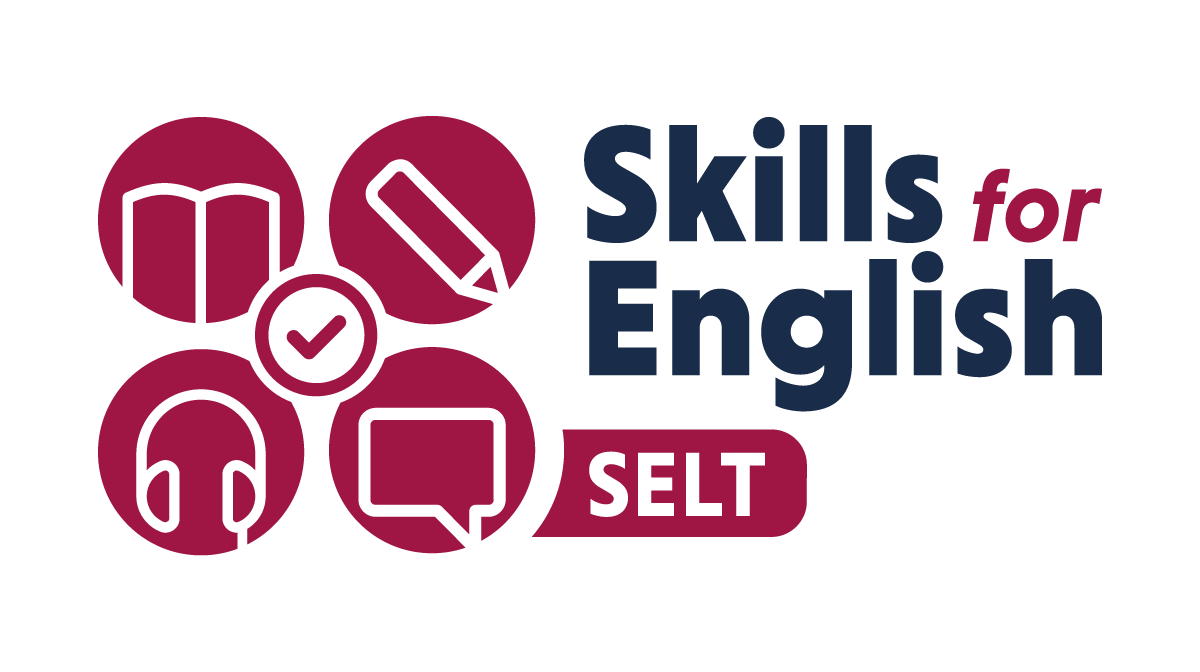
Skills for English: SELT is a UKVI-approved Secure English Language Test (SELT) for visa and immigration applications that you can take in over 120 countries around the world, outside of the UK. You can also use this test for UKVI applications made in the UK.
Skills for English: SELT provides proof that you have the required English proficiency should you wish to live, work or study in the UK.
It uses the latest test technology to allow to book online, then take the test in a computer-based format in a single, convenient session at any of our PSI Authorised Test Centres.
Find your level
Even with a high first-time pass rate, Skills for English test takers will always see better outcomes when they are well prepared. Follow the steps and take advantage of the materials to prepare for your test.
Once you know which Skills for English test you need to take for your required visa, use these tools to find out your current ability level.
Our ‘Find your CEFR level’ indicator tests will give you a chance to compare your English Language abilities with the Skills for English and CEFR levels, helping you to plan your study ahead of your test. We recommend you also use the free preparation and practice resources.
These short tests have questions on vocabulary, grammar and the way English is used. They do NOT test your listening, speaking or writing skills.
The results of these tests give you an indication or an idea of your CEFR level. These tests should NOT be used as the only tool to help you decide your CEFR level.
There are 6 tests, one at each of the CEFR levels, A1, A2, B1, B2, C1 and C2. Each test has 10 questions.
PROFICIENT USER
C2
Can understand with ease virtually everything heard or read. Can summarise information from different spoken and written sources, reconstructing arguments and accounts in a coherent presentation. Can express him/herself spontaneously, very fluently and precisely, differentiating finer shades of meaning even in more complex situations.
C1
Can understand a wide range of demanding, longer texts, and recognise implicit meaning. Can express him/herself fluently and spontaneously without much obvious searching for expressions. Can use language flexibly and effectively for social, academic and professional purposes. Can produce clear, well-structured, detailed text on complex subjects, showing controlled use of organisational patterns, connectors and cohesive devices.
INDEPENDENT USER
B2
Can understand the main ideas of complex text on both concrete and abstract topics, including technical discussions in his/her field of specialisation. Can interact with a degree of fluency and spontaneity that makes regular interaction with native speakers quite possible without strain for either party. Can produce clear, detailed text on a wide range of subjects and explain a viewpoint on a topical issue giving the advantages and disadvantages of various options.
B1
Can understand the main points of clear standard input on familiar matters regularly encountered in work, school, leisure, etc. Can deal with most situations likely to arise whilst travelling in an area where the language is spoken. Can produce simple connected text on topics which are familiar or of personal interest. Can describe experiences and events, dreams, hopes & ambitions and briefly give reasons and explanations for opinions and plans.
BASIC USER
A2
Can understand sentences and frequently used expressions related to areas of most immediate relevance (e.g. very basic personal and family information, shopping, local geography, employment). Can communicate in simple and routine tasks requiring a simple and direct exchange of information on familiar and routine matters. Can describe in simple terms aspects of his/her background, immediate environment and matters in areas of immediate need.
A1
Can understand and use familiar everyday expressions and very basic phrases aimed at the satisfaction of needs of a concrete type. Can introduce him/herself and others and can ask and answer questions about personal details such as where he/she lives, people he/she knows and things he/she has. Can interact in a simple way provided the other person talks slowly and clearly and is prepared to help.
* Reused with the permission of the Council of Europe
Test Specification
Download the Skills for English Test Specification for an in-depth explanation about how the test is structured, delivered and assessed.
